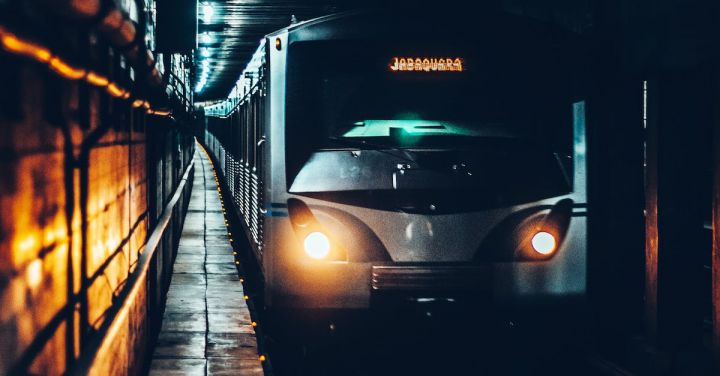Imagine a world where traveling at lightning-fast speeds is the norm. A world where long journeys are completed in mere minutes, and the concept of distance is diminished. This may seem like a scene from a sci-fi film, but it is closer to reality than you may think. The future of transportation lies in high-speed rails, a technological marvel that has the power to revolutionize the way we travel.
High-speed rails, also known as bullet trains, are designed to reach incredible speeds, surpassing those of conventional trains by a substantial margin. These sleek and aerodynamic trains are powered by advanced electric propulsion systems, allowing them to glide effortlessly on specially designed tracks. With speeds exceeding 300 miles per hour, high-speed rails are faster than most commercial airplanes, making them an attractive and efficient mode of transportation.
One of the key advantages of high-speed rails is their ability to reduce travel time significantly. Imagine being able to travel from one city to another in a fraction of the time it currently takes. This would not only save valuable hours for commuters but also open up new opportunities for businesses and tourism. The increased connectivity between cities would lead to a more integrated and dynamic global economy.
Furthermore, high-speed rails have the potential to alleviate traffic congestion and reduce greenhouse gas emissions. As more people opt for this fast and sustainable mode of transportation, the number of cars on the road would decrease, leading to less traffic and fewer carbon emissions. This would have a positive impact on the environment, helping to combat climate change and improve air quality.
The development of high-speed rails is not just limited to land. Plans are underway to extend these high-speed networks underwater and even into the sky. Subsea tunnels and hyperloop systems are being explored as possibilities for future transportation. These innovations would connect continents and enable us to travel across oceans and continents at unprecedented speeds.
However, the implementation of high-speed rails does not come without challenges. One of the main obstacles is the cost of construction and maintenance. Building high-speed rail networks requires significant investment in infrastructure, including the construction of new tracks, stations, and maintenance facilities. Additionally, the technology and expertise needed to operate these systems are highly specialized, which adds to the overall cost.
Another concern is safety. High-speed trains must adhere to strict safety standards to ensure the well-being of passengers. Advanced signaling systems, crash prevention technologies, and rigorous maintenance protocols are necessary to guarantee a safe journey. These safety measures are crucial in gaining public trust and confidence in high-speed rail systems.
Despite these challenges, the future of high-speed rails looks promising. Countries such as Japan, China, and France have already successfully implemented extensive high-speed rail networks, revolutionizing travel within their borders. Other countries, including the United States, are exploring the possibility of building their own high-speed rail systems.
In conclusion, high-speed rails hold immense potential for the future of transportation. With their incredible speed, reduced travel time, and positive impact on the environment, they offer a glimpse into a world where distance is no longer a barrier. While challenges exist, the benefits far outweigh the obstacles. As technology continues to advance, high-speed rails may become the sound of speed that defines the way we travel in the future.
